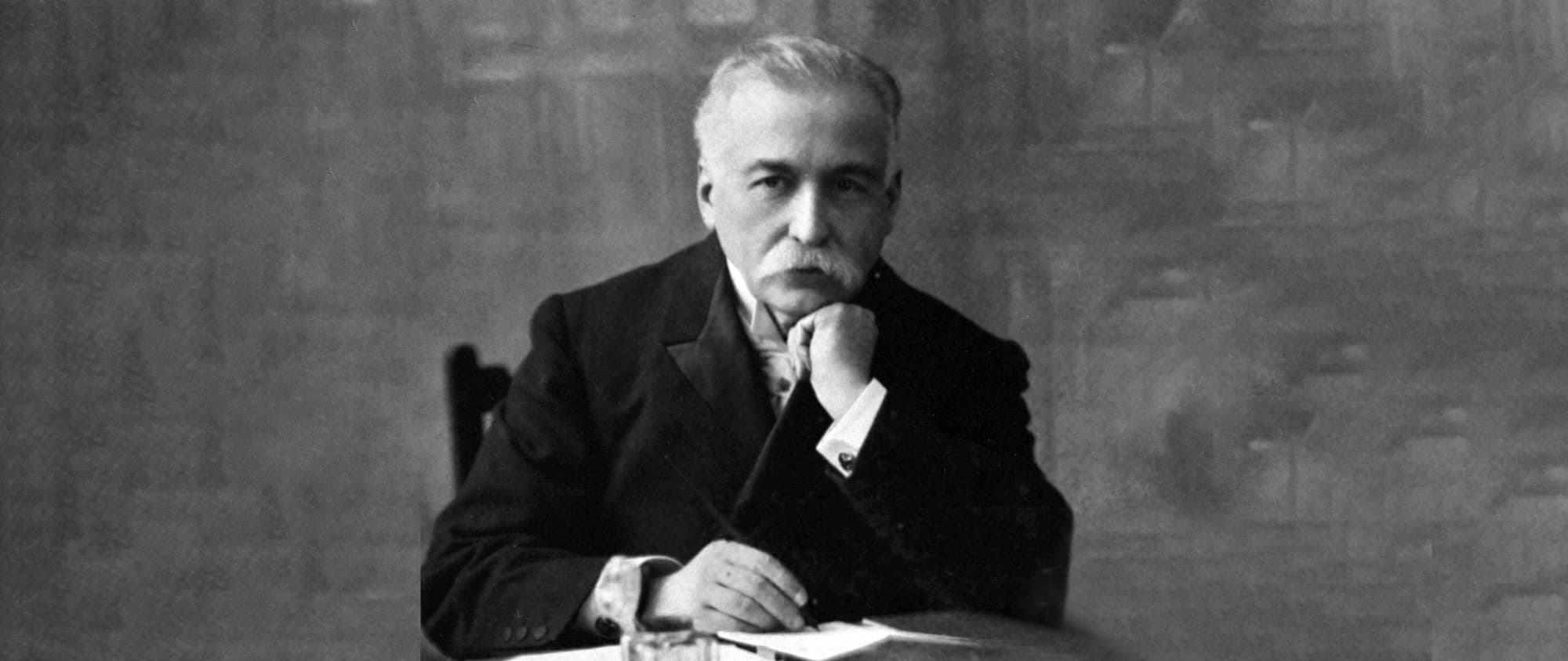
The art of cooking
Auguste Escoffier's recipe for success
Auguste Escoffier (1846 to 1935)
The work of Georges Auguste Escoffier has made French cuisine world-famous. Few people know how strongly he also influenced aspects that are relevant to modern food supply and food distribution - including kitchen planning and organisation, ergonomics and hygiene. B.PRO provides exciting insights.
Hell in the kitchen
It was steaming and smoking, the heat and noise were almost unbearable. Dirt could be found in every corner. When Auguste Escoffier learnt the profession of chef in the middle of the 19th century, the working conditions were catastrophic. There was swearing and beating, alcohol and tobacco were considered staple foods. Everyone was responsible for everything and cooks were considered menial labourers.
In those days, the kitchen was a mess - and the talented, gentle Auguste Escoffier was right in the middle of it. His view of cooking was fundamentally different. He saw cooking as an art and the chef as an artist.
Respect through rules
Escoffier was a chef with heart and soul. He became head chef at the age of 18. His high rank allowed him to establish new rules that still apply in the world's top restaurants today. One of the most important: respect - for each other, for the respective rank and for the ingredients. A subdued, polite speech, calm and restraint replaced swearing.
He also prescribed chef's hats and a uniform that demanded behaviour and respect from the wearer. From then on, Escoffier also trained this new generation of chefs institutionally. He believed that chefs were not labourers, but free, balanced people who deserved to be held in high esteem due to their exceptional skills - an attitude that Escoffier upheld throughout his life.
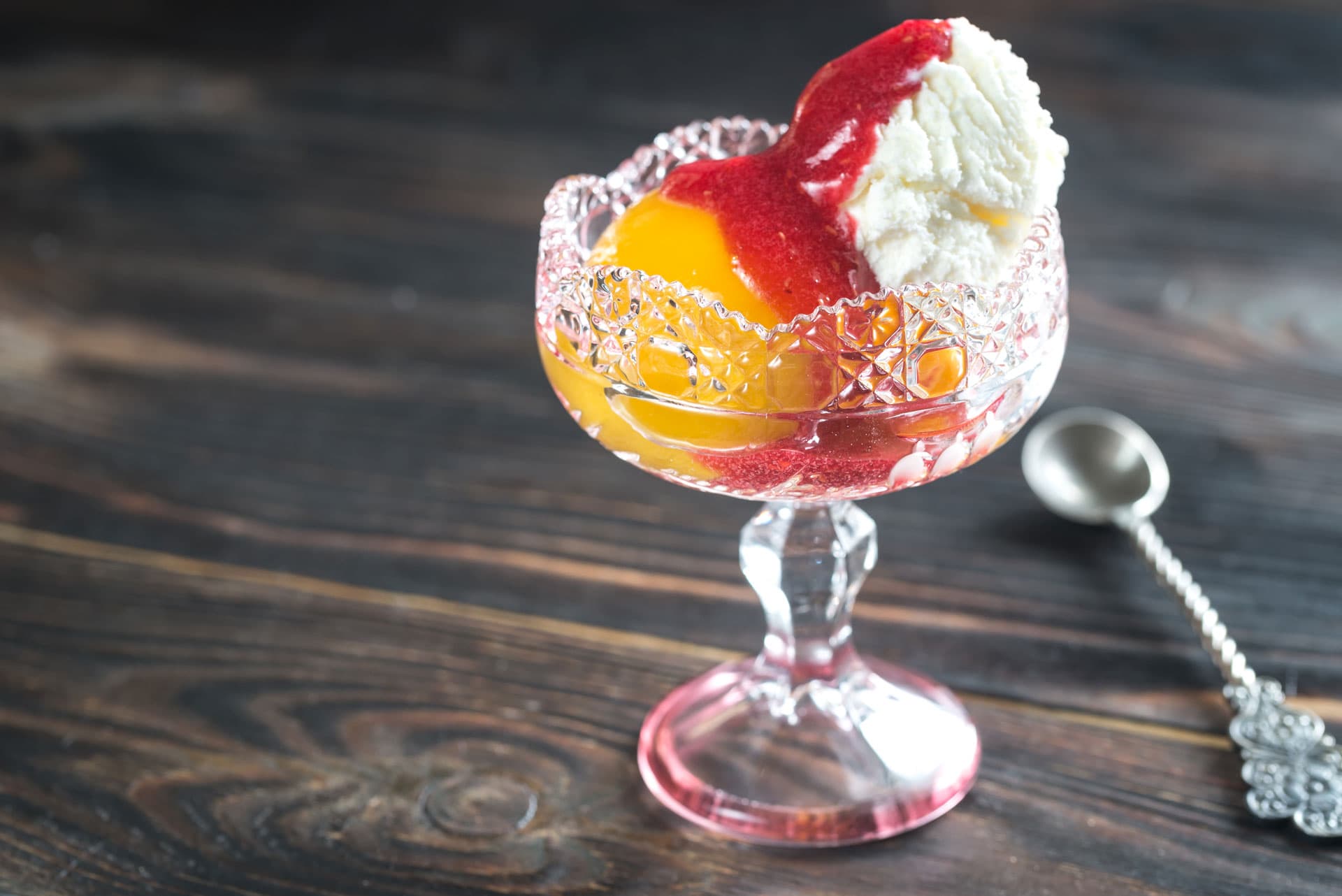
A new approach to food
Over the course of his life, Escoffier created dishes that we still recognise today: Fillet of sole Coquelin, poultry à la Derby, pear Helene and the peach Melba sundae. Such flavours were previously unthinkable. People tended to eat heavy, overcooked meals because they were afraid of falling ill. And rightly so, as not only the quality of the food but also the cleanliness in the kitchen left a lot to be desired. Escoffier set new hygiene standards and insisted on buying the best ingredients. He wanted to cook with natural products and flavours that were as unadulterated as possible.
Examples of this process were sauces and stocks. He made sauces lighter, invented the technique of thickening and, in the process, also dispensed with binding agents. Inspired by the chemists of his time, he categorised sauces into basic sauces, which were modified according to taste and creativity. For stocks, he created a basic stock from which 40 others could be prepared.
The Frenchman also introduced standards of a different kind. He invented a new cooking system that scientifically and empirically recorded the various steps in the preparation of a dish.
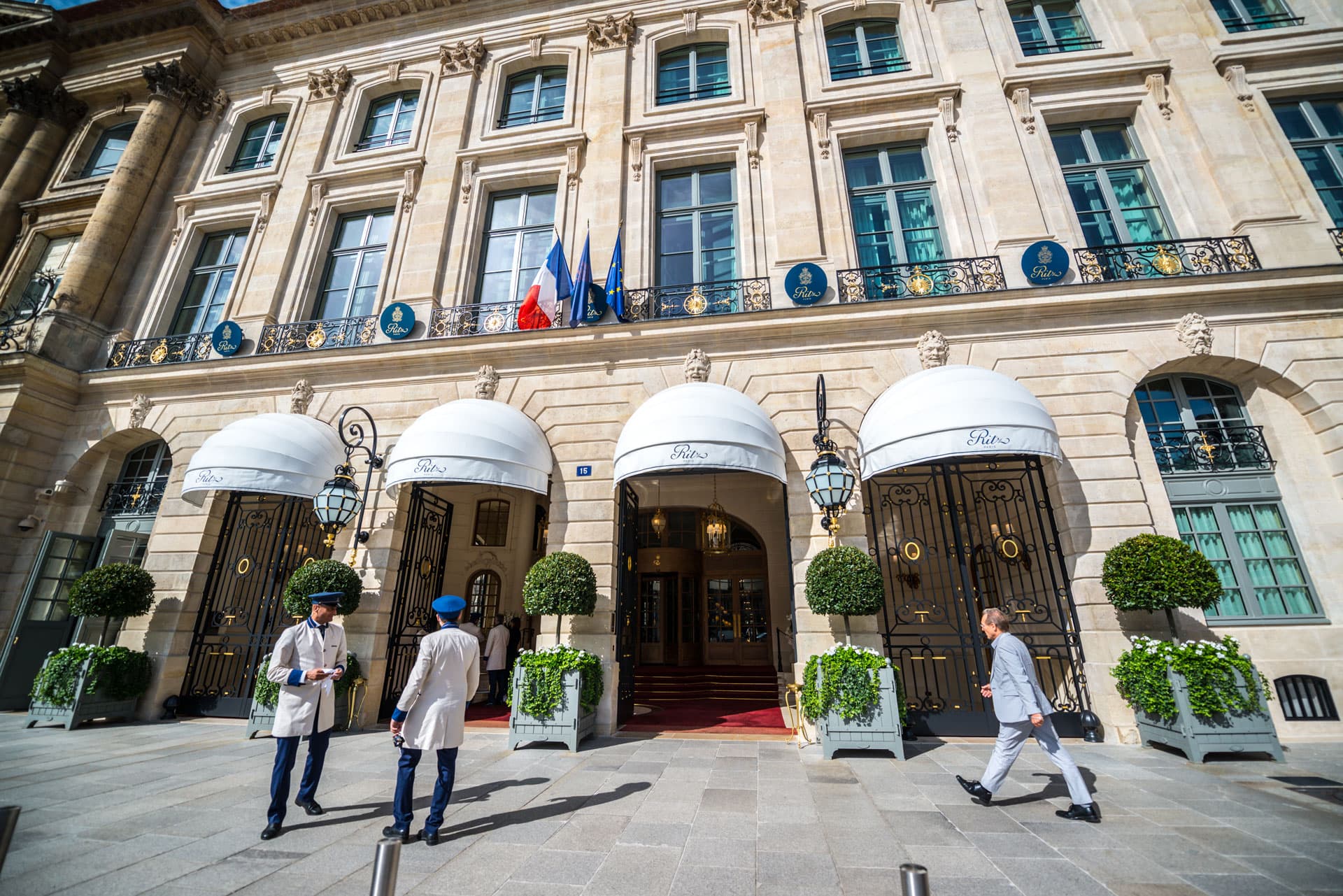
Indulgence is luxury
Auguste Escoffier quickly rose to fame and his reputation preceded him. The crème de la crème of high society met in Monte Carlo at this time: South African millionaires, oriental potentates, the aristocracy and industrial magnates. The entrepreneur César Ritz recognised enormous potential here: he established the concept of the luxury hotel with the restaurant as a significant success factor. Ritz hired Escoffier as head chef in 1884, and a long-lasting collaboration ensued. He quickly had a vision of how he could inspire the high-ranking guests, some of whom were already familiar with his art from other restaurants, with new ideas.
A visit to a restaurant as an exclusive, holistic experience
According to Escoffier, the aim of entering the "Ritz" and later other top establishments was to transport guests into another world. In addition to the food, he attached particular importance to the staging. Whether service, reception or furnishings, everything had to demonstrate maximum interaction, efficiency and elegance. The finest porcelain, heavy silverware, soft cloth napkins - only the best was good enough. Even today, these aspects, just like the special gestures and working clothes of the staff, are inseparable features of haute cuisine.
Escoffier's definition of the female sex as a new target group was also a milestone in restaurant history. Before him, "respectable women" had to avoid restaurants - only female artists or so-called "demimondaine" were to be found there. Escoffier opened the doors to the ladies of high society.
Whether woman or man: the experience for the guests began with the menu. Where previously cumbersome names often didn't even give away what would end up on the plate, Escoffier found a lyrical approach. His menu, often written in violet ink, was bursting with imaginative, poetic names. And while the guests rubbed their tummies in anticipation, things went on just as artistically behind the scenes. Thanks to Escoffier, precise, often surprising plating is still an important part of top gastronomic aesthetics today. He knew that you eat with your eyes. The chef finally became an artist.
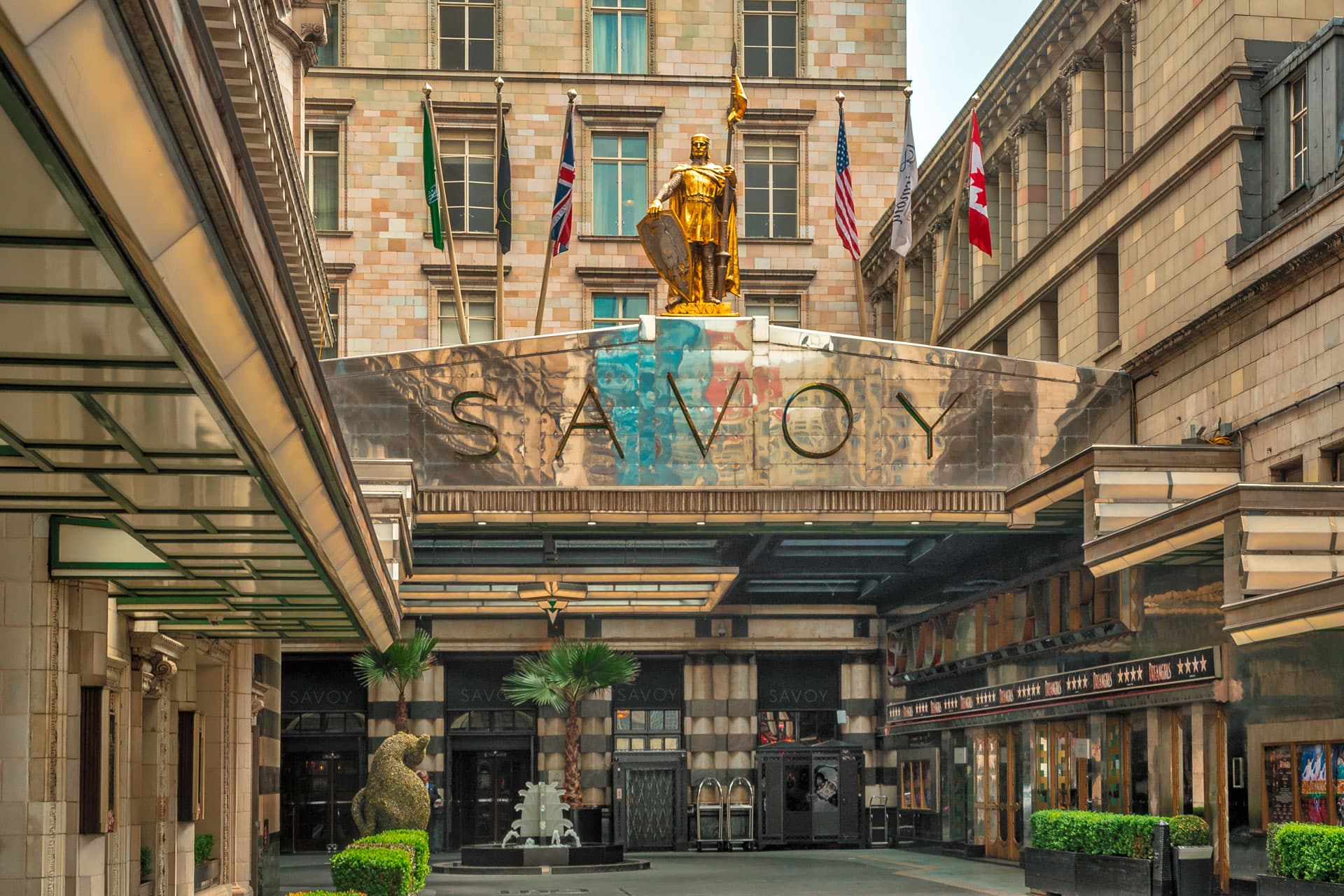
The kitchen brigade as a revolutionary concept
In 1890, London was the epitome of modernity and progress - but there was a lack of opportunities to eat well. Escoffier saw his chance to take the art of cookery to a new level. He took over the kitchen of London's first luxury hotel, the Savoy.
Escoffier was faced with the daunting task of rethinking cooking and the organisation of the kitchen - once again. Around 500 place settings had to go out at the same time for the individual banquets. When everyone is responsible for everything, this is impossible. The Frenchman introduced the principle of the "brigade de cuisine". It was characterised by different posts, areas and hierarchical levels with clearly defined tasks. The time saved was considerable, the quality was consistent and all courses were ready at the same time. The brigade system, which is still indispensable in high-end cuisine today, efficiently delivered dishes like on an assembly line. The chef orchestrated the processes.
Ergonomic kitchen planning à la Escoffier
What we understand today as ergonomic kitchen planning has its origins in Escoffier. For example, he designed kitchens so that they were perfectly adapted to the height of the chefs. He measured the number of steps to determine the optimum walking distances. There were light bulbs at every station and spacious work surfaces for free development. Long cookers and large hobs completed the picture. The pass where the plates were kept warm was his invention. Companies such as B.PRO, which supply solutions for various food logistics processes, still benefit from Escoffier's findings today.
World fame for French products
The Frenchman recognised early on the importance of food for health and well-being. Instead of serving up to 30 courses in one evening, he served four to five to take the strain off the stomach. He also introduced the concept of the à la carte menu, where guests could choose their dishes individually from a selection of dishes.
Of course, Auguste Escoffier was deeply convinced of the quality of French products. In 1899, he took over the management of the kitchen at the luxury Carlton Hotel in London. He found many suppliers in his home country. Escoffier became the largest importer of French luxury foods in the whole of England. This established world fame for products such as duck from Rouen and foie gras from Alsace.
Le Guide Culinaire
As he grew older, Escoffier withdrew from the kitchen and spent a lot of time writing down his findings. He was interested in the theoretical foundations of the art of cookery. He devoted himself to his magnum opus "Le Guide Culinaire" with scientific precision. 5,000 recipes on 800 pages combined all the basic principles of his system. To this day, it is the basis for entire generations of chefs and a standard work of French cuisine.
Towards the end of his life, Auguste Escoffier even exported his culinary art across the pond. With his unerring instinct for marketing, he made France's culinary prestige palatable to American guests, for whom Paris was a Mecca for gourmets.
Auguste Escoffier died in Monte-Carlo on 12 February 1935. He had realised the dream of his life: to give the profession of chef the respect it deserved. Escoffier became an international star and ambassador for French gastronomy. His philosophy and art of cookery was and still is a benchmark for chefs all over the world because it deliberately leaves room for inspiration and development.
Because Escoffier knew: "In the future, others will come and adapt our work to new needs. These are the consequences of progress."
You can find out more about Escoffier's influence on modern cuisine here.
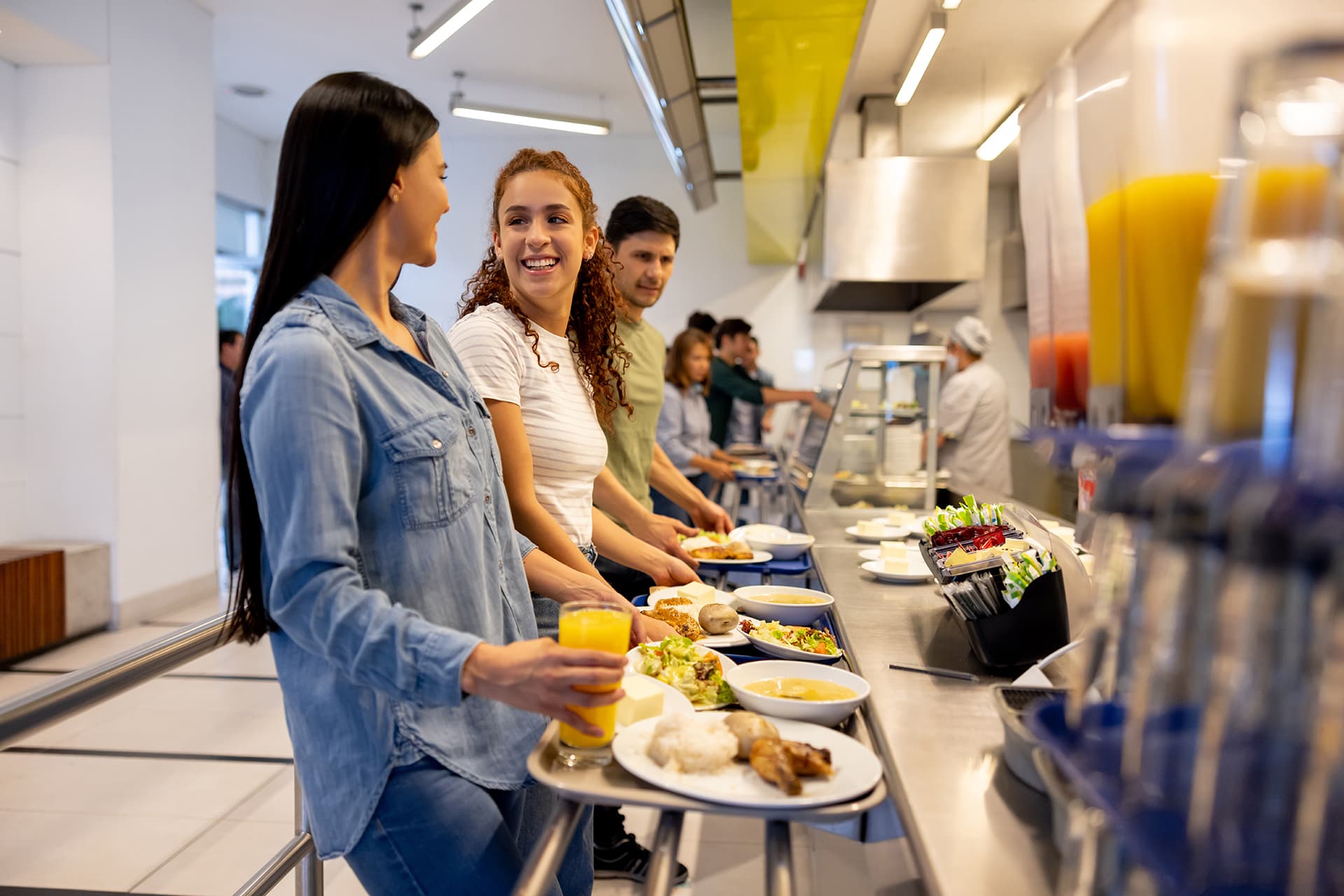 Better together
Better togetherA recent Circana study shows: Commercial catering is holding its own even in difficult economic times. Find out what is behind this – and how B.PRO supports those in charge – in the blog.
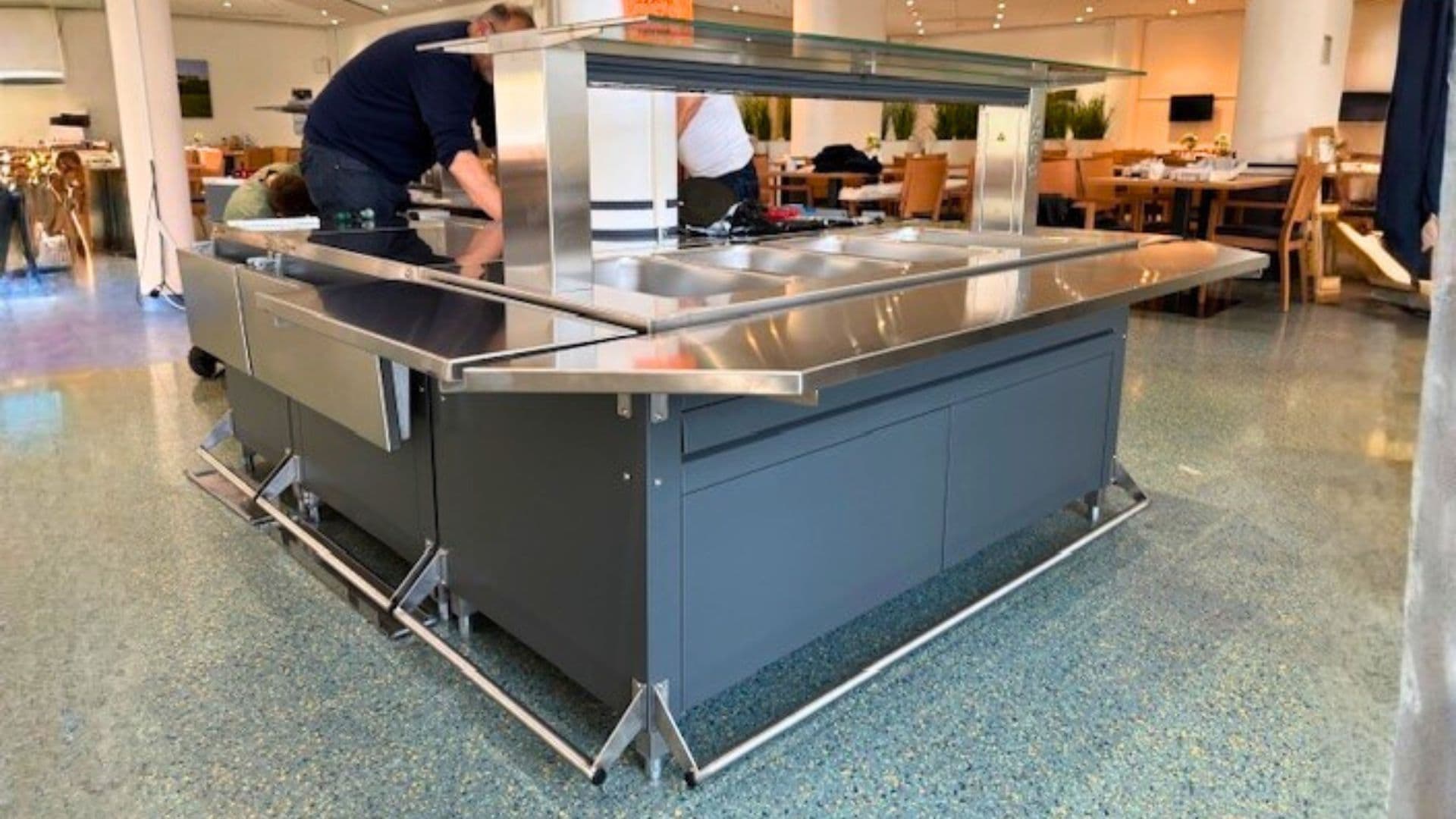 Reference B.PRO - VAMED Klinik Hagen-Ambrock
Reference B.PRO - VAMED Klinik Hagen-AmbrockThe hospital VAMED Klinik Hagen-Ambrock needed a new food serving line to enable patients in wheelchairs to participate in the food serving process. Regional Sales Manager Sven Nowacki reveals how it was possible to make this wish a reality within just a few weeks and without any construction work.
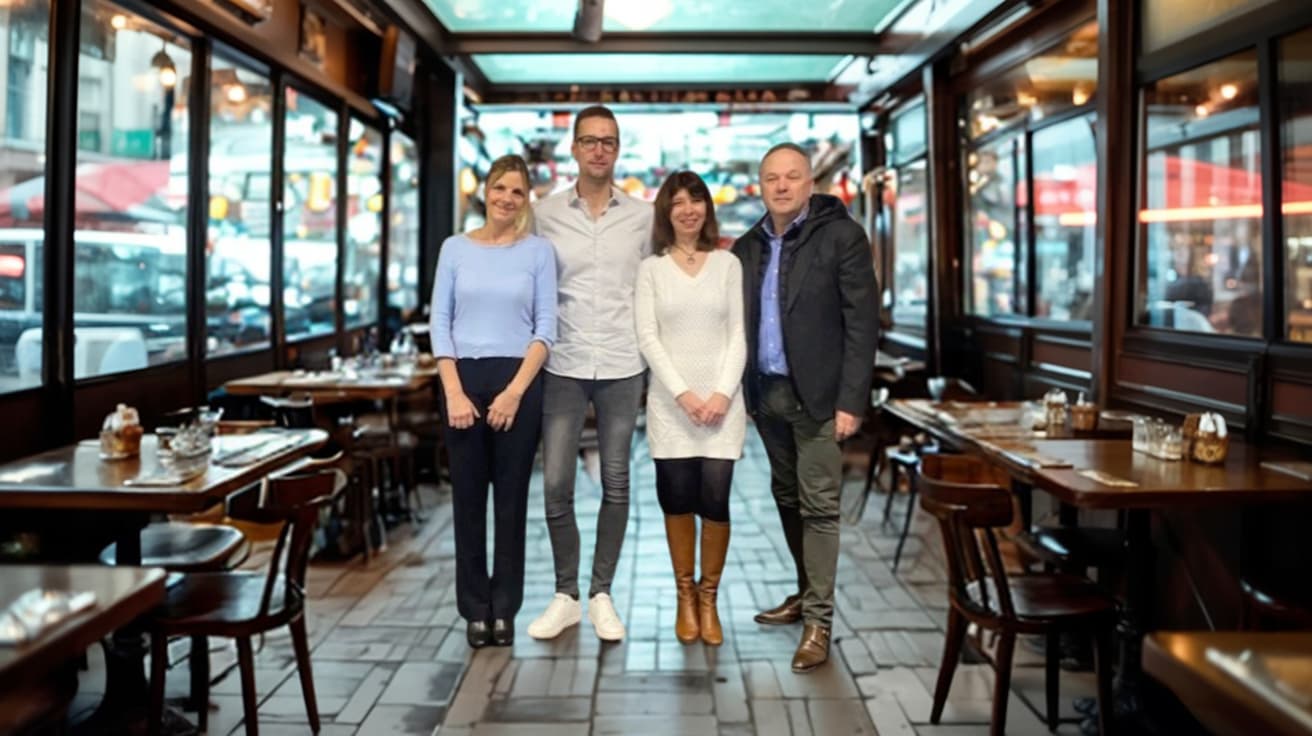 A portrait of B.PRO France
A portrait of B.PRO FranceHow does B.PRO work in one of the most demanding markets in Europe? General Manager Daniel Rewell offers insights into key product focuses, customer structures and the most important development topics.
